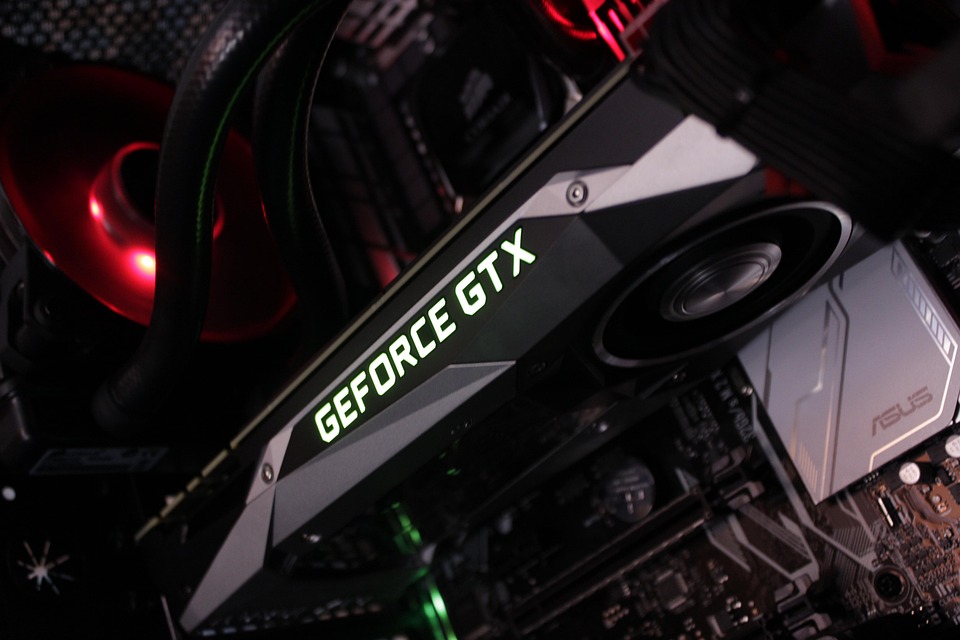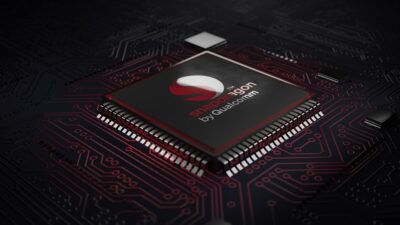In the world of gaming, a powerful Graphics Processing Unit (GPU) is the linchpin of a high-performance rig. It’s the component that transforms your gaming experience, enabling stunning visuals, smooth frame rates, and immersive gameplay. With an ever-evolving landscape of GPU technology, selecting the right one for your needs can be daunting. This guide will help demystify GPU selection by exploring key considerations and offering recommendations.
Understanding GPU Basics
Before diving into your choices, it’s essential to understand what a GPU does. Unlike a CPU that handles general processing tasks, a GPU is specialized for rendering graphics and managing complex visual computations. This includes drawing textures, lighting effects, and handling the frame rate of your games.
Types of GPUs
-
Integrated GPUs: These are built into the CPU and are generally less powerful. They’re suitable for casual gaming or simple tasks but won’t suffice for high-performance gaming.
- Dedicated GPUs: These are standalone cards installed in your motherboard. They provide significantly higher performance and are essential for serious gamers. Brands like NVIDIA and AMD dominate this space.
Key Considerations When Choosing a GPU
1. Intended Use
Before selecting a GPU, ask yourself what you plan to do with your gaming rig. Are you an esports enthusiast looking for frame rates, or a graphics fidelity fanatic who enjoys open-world games with rich environments? The intended use will significantly affect your choice.
2. Performance Requirements
Consider the resolution and settings you plan to play at. Here’s a quick breakdown:
- 1080p Gaming: A mid-range GPU will suffice, targeting settings like high to ultra.
- 1440p Gaming: You’ll want a more powerful dedicated GPU to maintain smooth frame rates.
- 4K Gaming: This demands high-end GPUs built for performance.
3. Budget
GPUs are available at various price points. Setting a budget is crucial:
- Entry-level (Under $300): Good for casual gaming and esports titles.
- Mid-range ($300-$800): Ideal for most gamers focusing on high settings at 1080p or 1440p.
- High-end ($800+): Best for enthusiasts who want the best possible visuals and performance at 4K resolutions.
4. VRAM (Video RAM)
VRAM is essential for handling textures and complex graphics. For modern gaming:
- 4GB is adequate for 1080p.
- 6-8GB is suitable for 1440p.
- 10GB+ recommended for 4K gaming or future-proofing.
5. Ray Tracing and DLSS
Ray tracing is a cutting-edge technology that simulates real-life lighting and shadows in games. If you’re interested in playing the latest titles with realistic graphics, consider a GPU that supports ray tracing. NVIDIA’s RTX series and AMD’s RX 6000 series GPUs are designed with this technology in mind.
Deep Learning Super Sampling (DLSS) is another feature that enhances performance without compromising visual quality, primarily found in NVIDIA cards. If you want to maximize FPS while maintaining visual fidelity, DLSS-capable GPUs are worth considering.
6. Cooling Solutions and Size
GPUs can generate a significant amount of heat. Hence, choosing a model with a robust cooling solution is crucial for maintaining performance. Additionally, consider the physical size of the GPU. Ensure that it fits within your case and that your power supply can accommodate its requirements.
Recommended GPUs
Here’s a selection of some popular GPUs that cater to various needs:
Budget-Friendly Options
- NVIDIA GeForce GTX 1650: Great for 1080p gaming at a budget price.
- AMD Radeon RX 6500 XT: A solid choice for budget gamers, delivering decent performance for the price.
Mid-Range Marvels
- NVIDIA GeForce RTX 3060: Excellent for high settings at 1080p and capable of 1440p gaming.
- AMD Radeon RX 6700 XT: A robust 1440p card that balances performance and cost effectively.
Performance Powerhouses
- NVIDIA GeForce RTX 3080: An incredible choice for 4K gaming, offering impressive performance with ray tracing.
- AMD Radeon RX 6800 XT: Perfect for gamers wanting high-resolution visuals without breaking the bank.
Enthusiast’s Dream
- NVIDIA GeForce RTX 3090: The top of the line for 4K gaming, advanced ray tracing, and high VRAM for content creators.
- AMD Radeon RX 6900 XT: Competes directly with the RTX 3090, offering excellent performance for high-resolution gaming.
Conclusion
Choosing the right GPU is pivotal for creating the ultimate gaming rig. By understanding your needs, setting a budget, and knowing what performance metrics to prioritize, you can select a GPU that will elevate your gaming experience. Whether you’re a casual player or a hardcore enthusiast, the right GPU can make all the difference, ensuring you enjoy the latest games at their best visual fidelity. Happy gaming!


